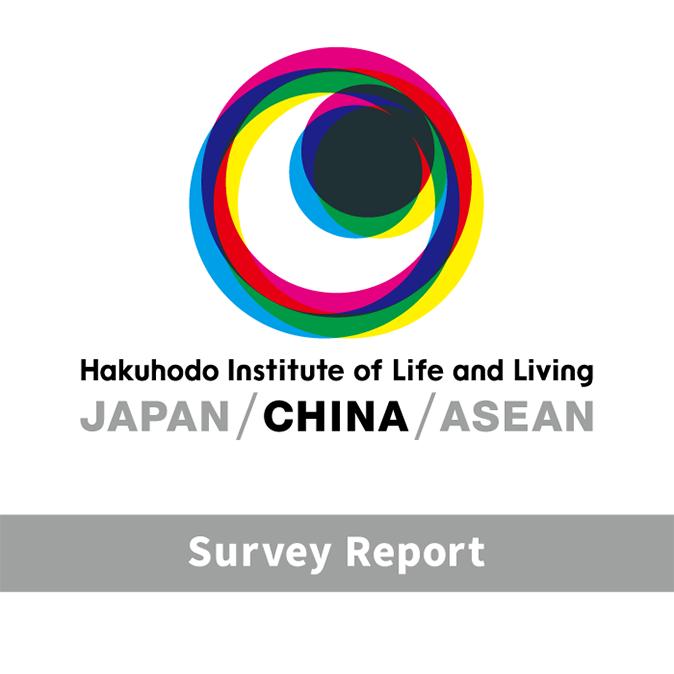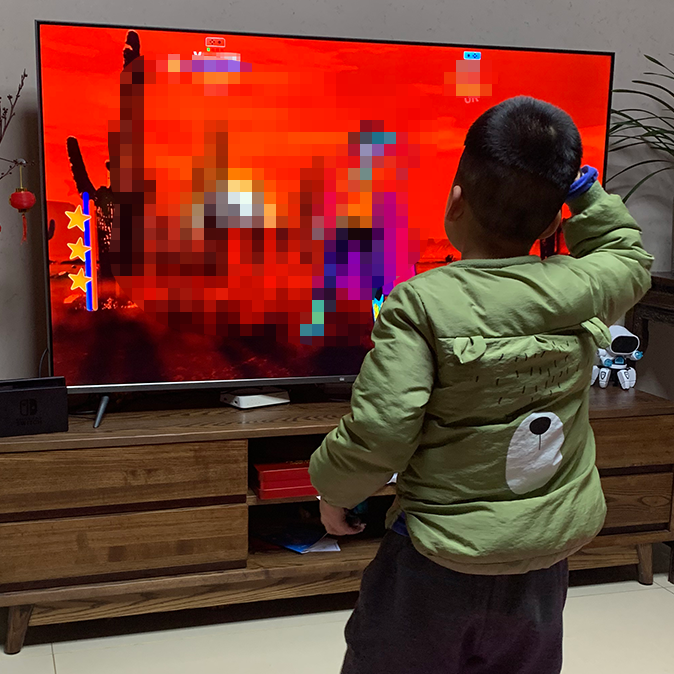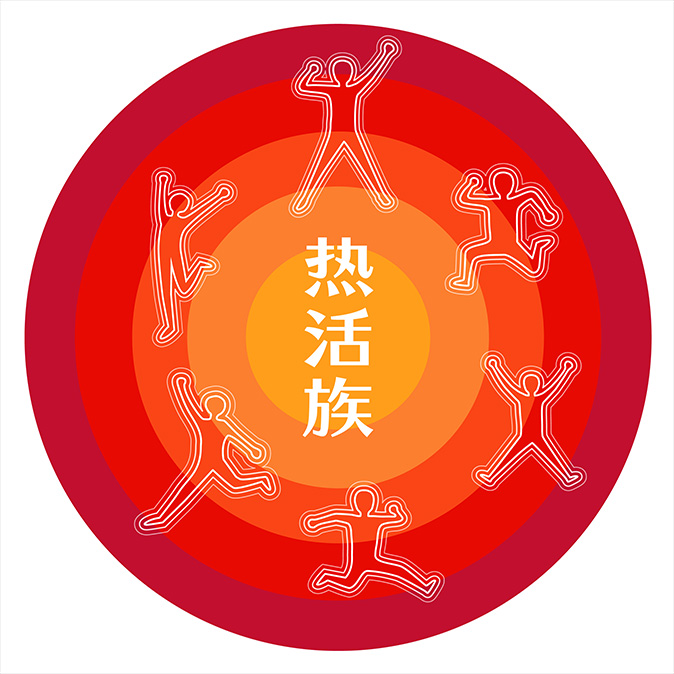- News
- Research
- Events
- HILL
Hakuhodo Institute of Life and Living Shanghai unveils “The Dynamics of Chinese People 2020”
Tokyo—December 22, 2020—Hakuhodo Institute of Life and Living Shanghai (HILL Shanghai) today unveiled its eighth set of findings on “The Dynamics of Chinese People.” The theme this year is “New attitudes and behaviors emerging in China after COVID-19.”
In China, which came out of COVID-19 isolation ahead of the rest of the world, the desire for shopping has remained at a high level since April (Data 1). Soaring sei-katsu-sha enthusiasm for shopping can also be seen in record high sales across the board in this year’s e-commerce sale period. Additionally, HILL Shanghai analysis shows Chinese sei-katsu-sha’s love of shopping is increasing, with an astonishing 40% of Chinese respondents agreeing with the sentiment Shopping became more fun in the past year, compared to 27% in the USA and 10% in Japan (Data 2).
While enthusiasm for shopping is increasing, there is also a growing trend toward seeking really good quality things, as indicated by many saying I spend more to buy good products and services (70%) compared to previously (Data 3).
In addition, with nearly 70% agreeing with the statement I’m more focused on whether something suits me than how it will look to others (66%) (Data 3), Chinese sei-katsu-sha, who went through a period of introspection during the coronavirus isolation period, are now shopping using flexible scales, purchasing things they really need without considering the opinions of others.
HILL Shanghai has named this change in attitudes and behaviors to shopping among sei-katsu-sha who have increased love of shopping and now shop using flexible scales 度物 (Duówù: Scaleable Shopping). A new coinage, Duówù is comprised of one Chinese character meaning scale/to judge and another taken from the Chinese word for shopping. The advent of the phenomenon in the Chinese market represents a shift in sei-katsu-sha’s shopping scales—which once could be accounted for by attributes in the form of external scales typified by age, location and economic wherewithal—to complicated internal scales that undulate within individual sei-katsu-sha. These include how they spend their shopping time, how they spend their money and what makes them feel they are getting a bargain*. Leveraging these flexible scales, Chinese sei-katsu-sha are now increasingly able to achieve their ideal shopping.

* Sei-katsu-sha shopping scales that changed with Duówù: Scaleable Shopping
• Changed time scales
⇒ Enjoy spending time buying low-priced items to economize on them, but buy expensive items instantly.
• Changed scales for spending money
⇒ Normally economize, but will spend on things they really need.
• Changed bargain scales
⇒ Judge whether everyday necessities are bargains based on price, but will judge whether something they like is a bargain based on its price per use.
HILL Shanghai believes that the key to realizing sustainable growth in tomorrow’s Chinese market lies in building new relationships of trust and maintaining high desire for shopping through companies correctly understanding Duówù sei-katsu-sha.
Click here for more details on this research
















